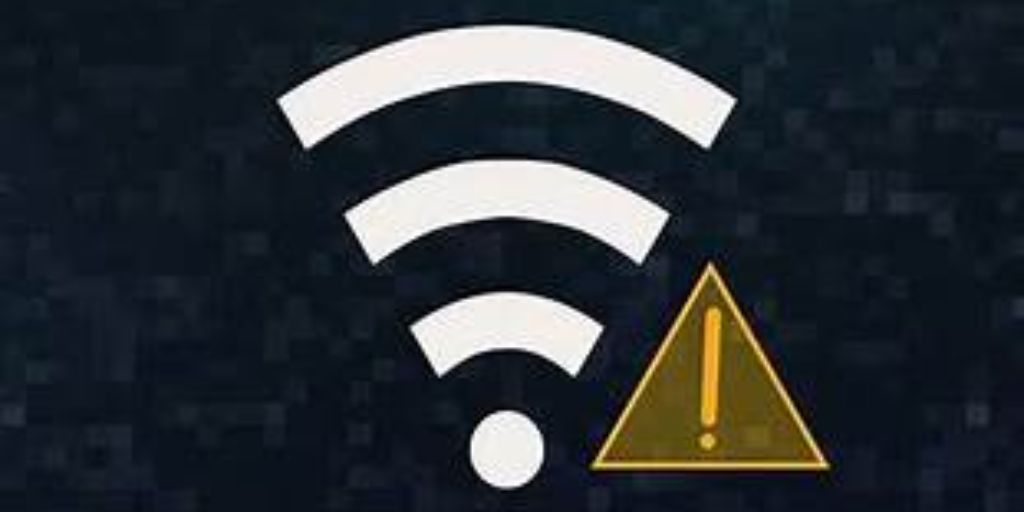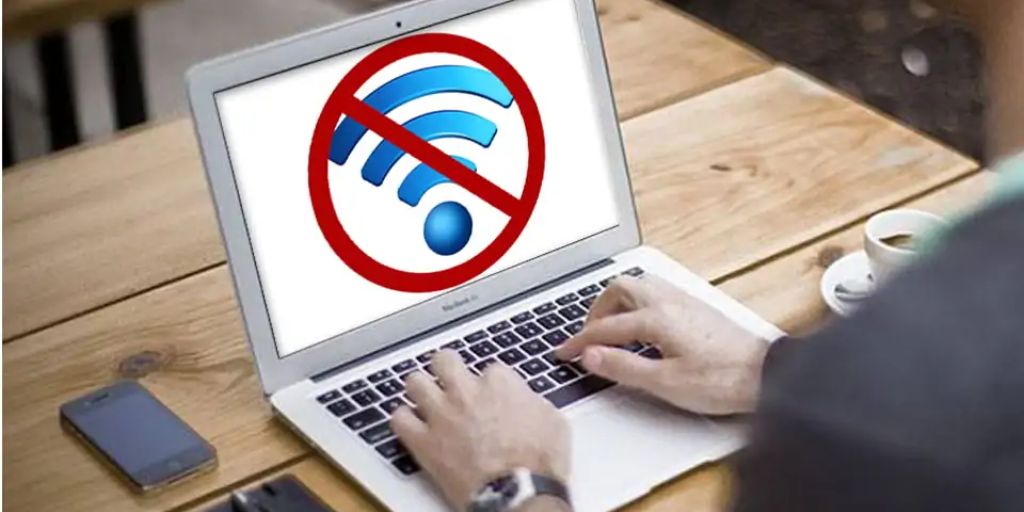WiFi is an invisible lifeline for modern homes and workplaces. From streaming and video calls to smart home devices and online work, we rely on stable, high-speed internet to stay connected. But when your connection slows down, drops unexpectedly, or won’t connect at all, frustration builds quickly.
The good news? Many WiFi problems have straightforward solutions. Whether you’re a tech-savvy user or a novice, this guide will help you troubleshoot the most common WiFi problems—and restore a reliable connection fast.
1. No Internet Connection Despite Being Connected to WiFi
Symptoms:
-
Your device shows it’s connected to WiFi, but no websites load
-
Apps fail to update or sync
Steps to Fix:
-
Restart your router and modem: Unplug both devices, wait 30 seconds, then plug them back in. This clears temporary glitches.
-
Test another device: If another device connects and works fine, the problem may be with your specific laptop or phone.
-
Check your ISP status: Use mobile data or ask a neighbor to check if your internet service provider (ISP) is experiencing an outage.
-
Reset IP address: On your device, forget the WiFi network, then reconnect. Or on Windows, use the Command Prompt to run
ipconfig /releaseandipconfig /renew.
2. Slow WiFi Speeds
Symptoms:
-
Web pages load slowly
-
Video buffers frequently
-
Online games lag
Steps to Fix:
-
Move closer to the router: Physical distance and walls can weaken the signal. The closer you are, the better the performance.
-
Reduce device load: Too many devices streaming or downloading at once can hog bandwidth. Pause large downloads or limit background activity.
-
Restart your router: This can temporarily relieve performance issues.
-
Use 5 GHz instead of 2.4 GHz: Modern routers broadcast two bands. 5 GHz offers faster speeds but shorter range. Switch bands for better performance.
-
Upgrade your plan: Your internet plan might not be fast enough for your needs—especially if multiple users are online.
3. WiFi Keeps Dropping Connection
Symptoms:
-
Connection is intermittent
-
Video calls disconnect
-
Devices randomly switch to cellular data
Steps to Fix:
-
Check for interference: Nearby electronics like microwaves, cordless phones, or even Bluetooth devices can interfere with your WiFi signal. Try repositioning your router.
-
Update your router’s firmware: Outdated firmware can cause instability. Visit your router’s admin page and check for updates.
-
Reset network settings: On your device, resetting network settings can resolve corrupted configurations (warning: this will delete all saved networks).
-
Consider a mesh WiFi system: In larger homes or apartments with many walls, a single router may not provide reliable coverage.
4. Can’t Connect to WiFi at All
Symptoms:
-
Network name doesn’t appear in list
-
Password doesn’t work
-
“Unable to connect” error message
Steps to Fix:
-
Double-check password: WiFi passwords are case-sensitive and often complex. Ensure you’re entering it exactly.
-
Restart the router: This resolves most minor bugs.
-
Forget and reconnect to the network: This clears saved credentials and forces a fresh connection.
-
Reboot your device: Sometimes the problem lies with your laptop or phone’s WiFi chip.
-
Factory reset your router: If nothing else works, press and hold the reset button on the router for 10–30 seconds (refer to the router manual).
5. Certain Devices Can’t Connect
Symptoms:
-
One phone or laptop won’t connect, but others do
-
Connection errors on only one device
Steps to Fix:
-
Check device settings: Ensure WiFi is enabled and airplane mode is off.
-
Forget and reconnect to the network: A corrupted network profile may be causing issues.
-
Update WiFi drivers (for PCs): Outdated network drivers can cause compatibility issues. Visit your device manufacturer’s website to download the latest drivers.
-
Change router security mode: Some older devices can’t connect if the router is set to WPA3 only. Switch to mixed WPA2/WPA3 mode.
6. WiFi Works on Phone But Not on Computer
Symptoms:
-
Mobile devices have internet, but your PC does not
Steps to Fix:
-
Check for IP conflicts: Open Command Prompt (Windows) and run
ipconfig /releasefollowed byipconfig /renew. -
Disable/enable WiFi adapter: Go to Device Manager, disable the wireless adapter, wait a few seconds, and enable it again.
-
Temporarily disable firewalls or antivirus: Overprotective software can sometimes block access.
-
Boot in Safe Mode with Networking: This can help diagnose if a background program is interfering with your connection.
7. Router Overheating or Acting Erratic
Symptoms:
-
WiFi randomly disconnects
-
Router feels hot to the touch
-
Signal strength is erratic
Steps to Fix:
-
Ensure proper ventilation: Keep your router off the floor, away from enclosed shelves, and not stacked with other devices.

-
Clean dust: Dust buildup can trap heat—gently wipe vents or use compressed air.
-
Avoid overloading with devices: If your household has more than 10–15 connected devices, your router may struggle. Consider upgrading to a higher-capacity model.
8. WiFi Signal Doesn’t Reach Far Areas of the Home
Symptoms:
-
Weak signal or no internet in certain rooms
-
Streaming or gaming works poorly in distant areas
Steps to Fix:
-
Reposition your router: Place it centrally, away from metal objects or thick walls.
-
Use mesh WiFi: Systems like Eero, Google Nest, or TP-Link Deco create multiple access points that distribute the signal evenly.
-
Add a WiFi extender: A more affordable option, extenders boost the signal to reach dead zones.
-
Upgrade to WiFi 6 or WiFi 6E: Newer routers offer better range, speed, and ability to handle more devices.
Bonus Tip: Use Your Router’s Admin Tools
Most modern routers come with mobile apps or web dashboards where you can:
-
See who’s connected to your network
-
Block unfamiliar devices
-
Limit bandwidth for certain users or apps
-
Schedule reboots or enable guest networks
Familiarize yourself with your router’s settings—it can help diagnose issues faster and keep your network secure.
When to Call Your Internet Provider
If you’ve tried everything and:
-
Multiple devices still can’t connect
-
Your speed is consistently lower than what you’re paying for
-
Your modem or router shows a red or blinking warning light
…it’s time to contact your ISP. There could be a service outage, faulty hardware, or a line issue requiring professional repair or replacement.
Conclusion
WiFi issues can range from minor annoyances to major productivity killers—but most of them are solvable with a few basic steps. Understanding how your network works and being familiar with simple troubleshooting can save time, frustration, and even money.
With the tips in this guide, you can tackle everything from slow speeds to total disconnects—and if needed, you’ll know when to escalate the problem. A stable, secure internet connection is vital in 2025, and a little DIY network savvy goes a long way.



